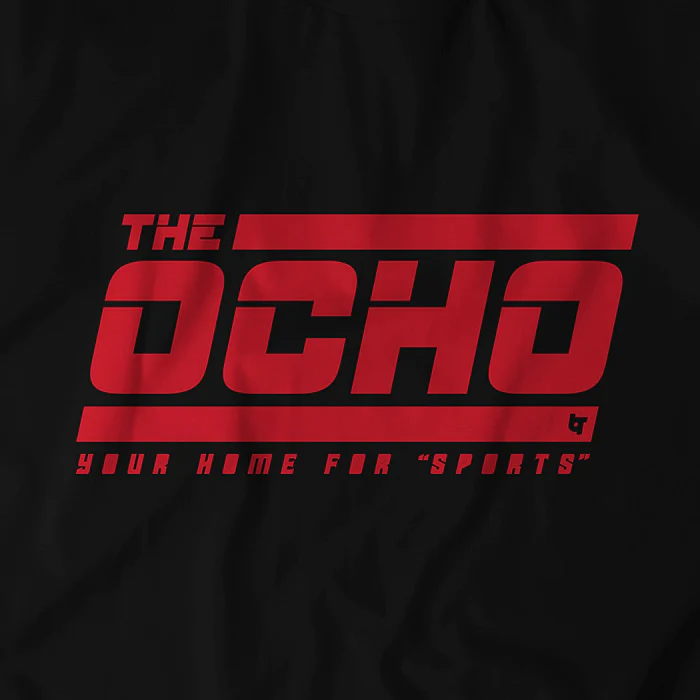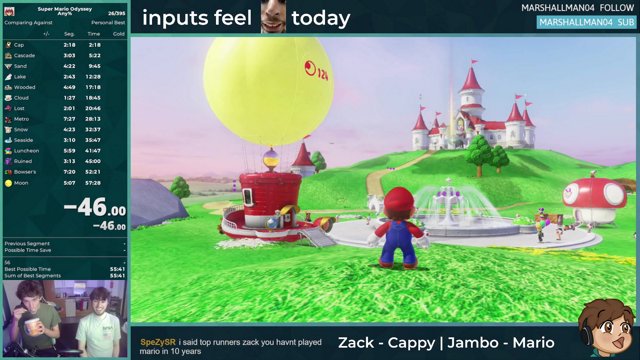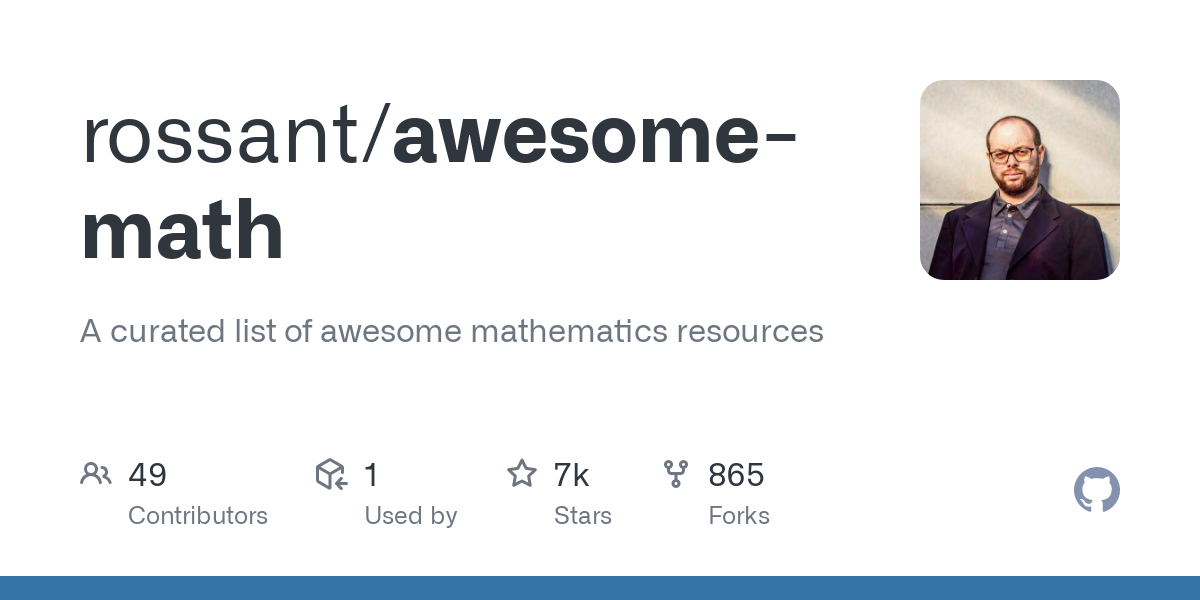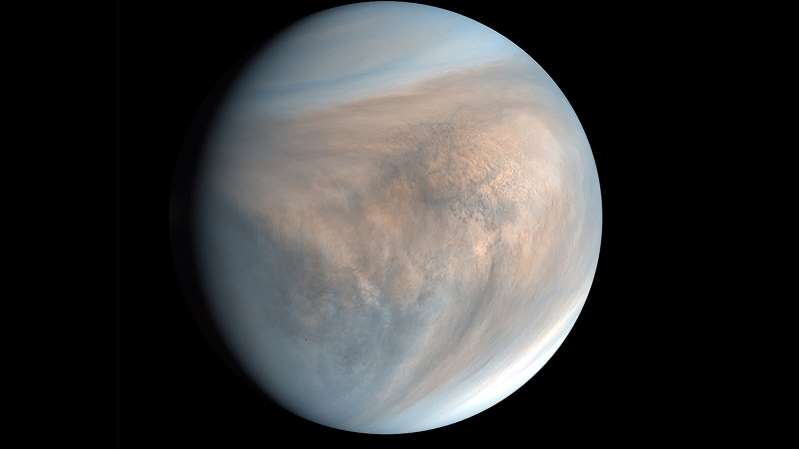- 21 Posts
- 5 Comments

 4·1 year ago
4·1 year agothis is called the distributivity of implication over disjunction in classical propositional logic

 1·1 year ago
1·1 year agoWithout choice, it’s impossible to guarantee that an arbitrary product of non-empty sets is non-empty. The Cartesian product would just be a set containing the empty function, which is a singleton set and therefore non-empty. This definition doesn’t rely on the Axiom of Choice, so we can prove in ZF¬C that the empty Cartesian product of non-empty sets is non-empty. So, the question of proving that an empty Cartesian product of non-empty sets is non-empty in ZF¬C does not seem to be problematic. This is the same across all standard set theories (ZF, ZF¬C, ZFC), because it’s not about selecting an element from each of the sets in the family (which would require AC), it’s just about the definition of the Cartesian product when there are no sets in the family.

 3·1 year ago
3·1 year agoHopf Fibration: Technically, the base space of the Hopf fibration is a 2-sphere (S^2), but since the 2-sphere can be thought of as a compactified plane or a disk with an added point at infinity, it could count.
Möbius Strip: The Möbius strip can be thought of as a fiber bundle over the circle S^1 with fibers that are intervals of the real line.
Twisted Cylinder: Similar to a Möbius strip but with the fibers being open intervals instead of closed loops.
The Klein Bottle: If you take S^1 as your fiber, the Klein bottle can be seen as a nontrivial fiber bundle over the circle.
Principal Bundles: The concept of a principal G-bundle, where G is a topological group, is a generalization of fiber bundles. For instance, the frame bundle of a manifold is a principal GL(n,R)-bundle, where GL(n,R) is the general linear group of invertible matrices, and n is the dimension of the manifold. As a more specific example, consider the tangent bundle of a disk, D^2. The frame bundle of D^2 is a principal GL(2,R)-bundle over the disk.











that does sound neat. post some useful examples if you want. controls systems sounds like a interesting application